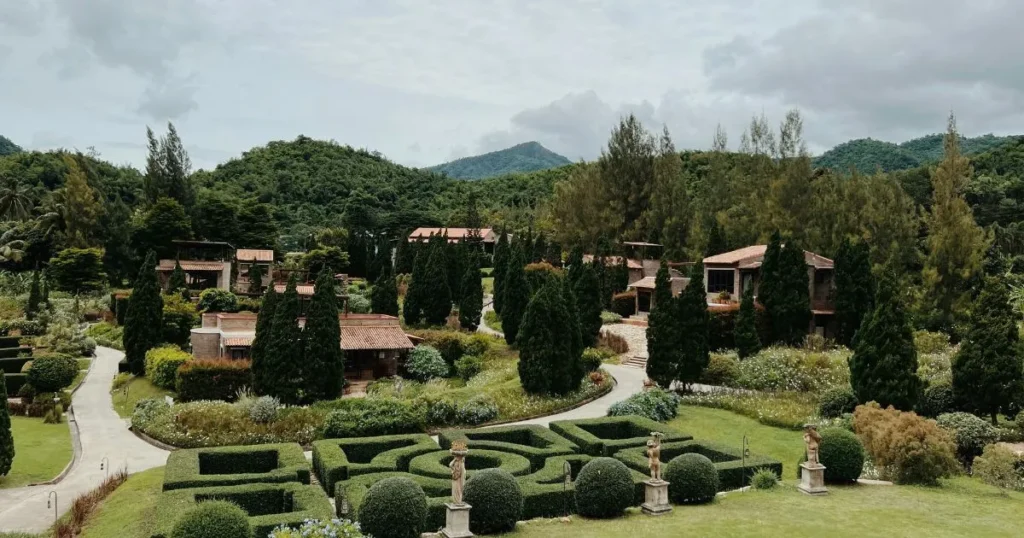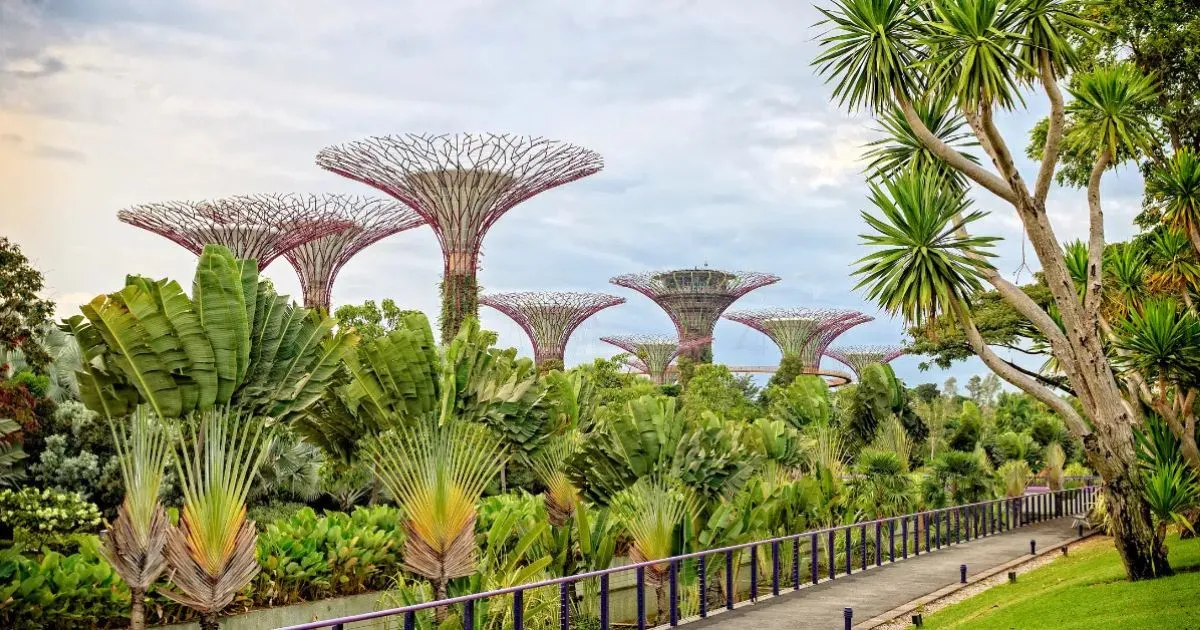Table of Contents
A botanical garden is more than a scenic escape; it is a sanctuary of learning, conservation, and pure wonder. These gardens, often sprawling over acres, showcase an array of plant species, from exotic blooms to towering trees. They serve as vital resources for education, research, and the preservation of biodiversity, all while offering visitors a serene connection to nature.
What Are Botanical Gardens?
Botanical gardens are specialized parks dedicated to the cultivation, display, and study of plants. Unlike regular gardens, their purpose extends beyond aesthetics, encompassing scientific research, conservation, and education. These gardens often feature extensive collections of plants categorized by species, geographic origin, or ecological significance. Many include greenhouses, herbariums, and research facilities that allow the study and preservation of plant life.
Botanical gardens are often managed by academic institutions, government bodies, or private organizations. They frequently collaborate with environmentalists, horticulturists, and researchers to address challenges like habitat loss, climate change, and endangered species protection.
The History of Botanical Gardens
The concept of botanical gardens dates back thousands of years. Early gardens in ancient Egypt, Mesopotamia, and China were primarily ornamental and agricultural. However, during the Renaissance, these gardens evolved into centers of scientific study. Italy’s Orto Botanico di Pisa (established in 1543) is one of the earliest known botanical gardens designed explicitly for research and education.
Over time, botanical gardens spread across Europe and the rest of the world, adapting to regional climates and flora. During colonial periods, they became hubs for studying exotic plants brought from overseas, contributing to global agricultural and medicinal advancements.
What Makes a Botanical Garden Unique?
Botanical gardens are defined by several key features:
- Diverse Plant Collections: These gardens host a vast array of species, often including rare and endangered plants.
- Educational Programs: Visitors can attend workshops, guided tours, and exhibitions to learn about plants, ecology, and sustainability.
- Research and Conservation: Many botanical gardens conduct scientific research to preserve threatened species, combat invasive plants, and explore medicinal uses of flora.
- Aesthetic Appeal: Designed with both form and function in mind, these gardens provide a peaceful retreat with landscaped trails, themed sections, and artistic displays.
- Greenhouses and Controlled Environments: Greenhouses allow tropical and delicate plants to thrive in climates where they wouldn’t naturally grow.

The Role of Botanical Garden in Conservation
One of the most crucial roles of botanical gardens is the conservation of biodiversity. With habitat destruction and climate change threatening countless species, these gardens act as refuges for plants that might otherwise disappear. Key conservation efforts include:
- Seed Banks: Many botanical gardens store seeds from rare plants to ensure their survival for future generations.
- Propagation Programs: Through specialized cultivation techniques, endangered species can be reintroduced into their native habitats.
- Research: Scientists study plant genetics, diseases, and resilience to develop strategies for ecological restoration.
Education and Community Engagement
Botanical gardens are powerful tools for environmental education. They inspire visitors of all ages to appreciate and protect the natural world. Programs often include:
- School Tours: Hands-on learning experiences for students.
- Workshops: Topics such as gardening, composting, and sustainable living.
- Seasonal Events: Festivals celebrating blooms like cherry blossoms or orchids.
These activities foster environmental stewardship and encourage sustainable practices in daily life.
Famous Botanical Gardens Around the World
The world is home to many stunning botanical gardens. Here are a few must-visit locations:
- Royal Botanic Gardens, Kew (UK): A UNESCO World Heritage Site, Kew Gardens boasts over 50,000 plant species and a rich history of botanical research.
- Singapore Botanic Gardens (Singapore): Known for its impressive orchid garden, this tropical paradise is a global leader in plant conservation.
- Jardín Botánico de México (Mexico): Home to an extensive collection of cacti and succulents, showcasing the unique biodiversity of arid regions.
- Missouri Botanical Garden (USA): One of the oldest botanical gardens in North America, it features vast collections and an innovative focus on sustainability.
- Kirstenbosch National Botanical Garden (South Africa): Nestled at the foot of Table Mountain, this garden highlights the incredible flora of South Africa’s fynbos biome.
Benefits of Visiting Botanical Gardens
Spending time in a botanical garden is not only enjoyable but also beneficial for mental and physical health. Here are some reasons to plan your visit:
- Stress Reduction: Immersing yourself in nature can lower stress and boost mood.
- Learning Opportunities: Gain insights into plants, ecosystems, and sustainable practices.
- Recreational Activities: Many gardens offer walking trails, photography spots, and picnic areas.
- Family Bonding: It’s a great way to connect with loved ones while fostering curiosity and environmental awareness.
Conclusion
Botanical garden are treasures that blend natural beauty with vital scientific and educational roles. They inspire awe, protect our planet’s biodiversity, and bring people closer to the wonders of nature. Whether you’re a casual visitor or a passionate botanist, exploring a botanical garden offers something for everyone. So take a stroll, breathe in the fresh air, and discover the magic of these living museums of the plant world.
FAQ
1. What is the primary purpose of a botanical garden?
The main purpose is to conserve plant biodiversity, conduct research, and educate the public about the importance of plants in sustaining life on Earth.
2. How do botanical garden help endangered plants?
Botanical gardens preserve endangered plants through seed banks, propagation programs, and reintroduction initiatives. They also study plant genetics to ensure future resilience.
3. Are botanical gardens only for scientists?
Not at all! While they serve scientific purposes, botanical gardens are designed for everyone to enjoy, learn, and find inspiration.
4. Can I volunteer at a botanical garden?
Many botanical gardens welcome volunteers for tasks like gardening, guiding tours, and supporting educational programs. Check with your local garden to learn more.
5. Are botanical garden environmentally sustainable?
Yes, most botanical gardens prioritize sustainability by conserving water, reducing waste, and promoting eco-friendly practices.
6. How do I start a botanical garden at home?
Begin by researching native plants and creating a diverse collection suited to your climate. Incorporate elements like a pollinator-friendly area, water features, and labeled plant sections for an educational touch.

